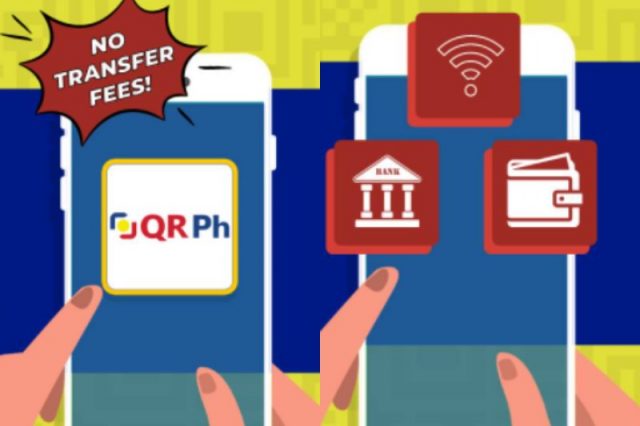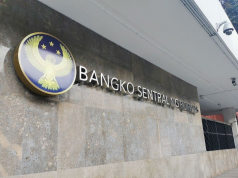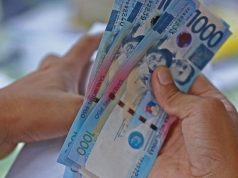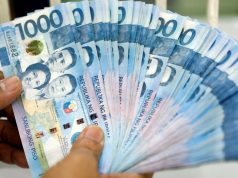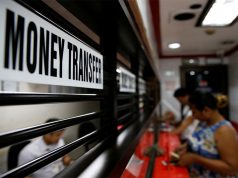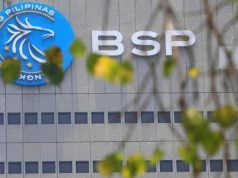Large banking institutions have adopted the uniform digital payment facility that the Bangko Sentral ng Pilipinas launched last October.
The BSP issued the latest list of banks participating in the QR Ph Person-to-Merchant Payments (P2M) facility in an advisory on November 3.
The central bank launched P2M to help merchants and consumers in the country go cashless with their transactions.
“With the QR Ph Person-to-Merchant (P2M) facility, there is no need to maintain separate accounts with different payment service providers,” BSP said.
“Customers and store owners with accounts in the following InstaPay participating banks and electronic money issuers can send and receive payments safely and efficiently,” it added.
So far, there are more than 20,000 stores in over 30,000 locations across the country that had adopted the QR Ph P2M facility, according to BSP.
Among the financial institutions listed include:
- Banco de Oro Unibank, Inc. (BDO)
- Metropolitan Bank and Trust Company (MetroBank)
- PayMaya Philippines, Inc.
- Starpay Corporation
- Cebuana Lhuillier Rural Bank, Inc.
The post also included links that teach consumers and merchants how to conduct transactions through the P2M.
What are QR Ph and P2M?
A QR code, which is short for “quick response” code, is slowly growing in usage in different digital transactions in the Philippines.
In November 2019, BSP launched the National QR Code standard called “QR Ph” under BSP Circular No. 1055.
Under the circular, all participating payment service providers, including banks and non-bank electronic money issuers (EMIs), are mandated to adopt the QR Ph.
QR Ph was first used for the digital person-to-person (P2P) facility for online fund transfers during the same year.
BSP explained that this national standard in QR Code generation was established to foster efficiency and interoperability in online payment systems via Instapay.
In P2P, the central bank saw the successful interoperability of QR Ph with online fund transfers from one person to another.
“QR Ph was developed for the adoption of an interoperable common QR code which may be scanned and interpreted by any participating bank or non-bank EMI to facilitate customers’ requests for fund transfers and payments,” BSP said.
The P2M is also similar with the P2P framework wherein the QR Ph is used for payments between customers and merchants.
BSP said that this system will benefit small to middle-scale entrepreneurs or business owners.
“Using QR technology, small entrepreneurs need not invest in costly equipment such as point of sale (POS) terminals to capture electronic data. Instead, merchants only need to print the QR code that their respective payment service providers will generate for them, display those codes, and obtain payments by simply asking their customers to scan the codes,” the central bank said.
Here are steps on how customers can use the P2M:
- Open the preferred banking or non-bank EMI mobile application and choose Transfer money or pay via QR.
- Scan the merchant-recipient’s QR Ph code and if prompted by the application, type the amount to be sent.
- Check the details and approve the transaction. The customer will receive a message confirming a successful transaction.
Businesses and merchants, on the other hand, will have to check with their respective banks and EMIs.
BSP also previously shared a series of infographics about P2M usage for the public.

